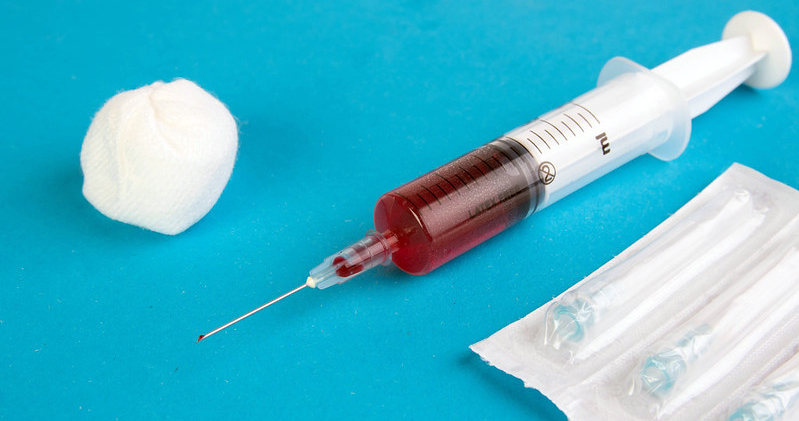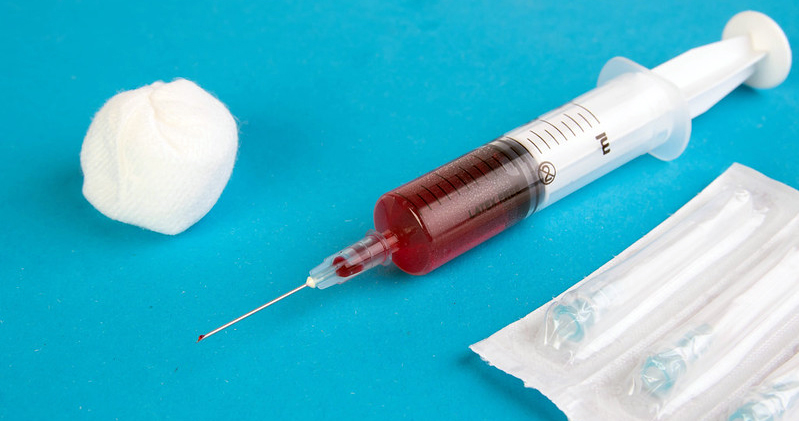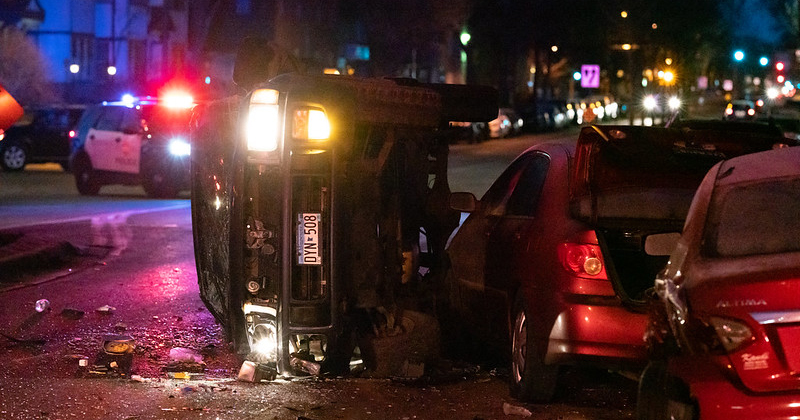Recommendations for use

To increase the sense of immersion in Virtual Reality, you can include comments, questions or ideas in the session so the experience will seem more realistic to your patient.
At the waiting room:
- You are attending a blood extraction on your own. Do you think you would have felt better if someone had come with you?
- What does the person getting out of the extraction room cause in you? Does he/she make you more nervous? Or does he/she soothe you?
- Do you think the extraction is going to hurt?
- How do you think the person sitting next to you feels? Is he/she nervous or calm?
- How do you feel about that personʼs state?
At the extraction room:
- How many years of experience do you think this nurse has?
- Does this nurse make you feel safe?
- When you are ready, look at the needle which the extraction will be performed with.
- Look at the bloodstained cotton over the small table.
At Magnetic Resonance Imaging:
- What do you expect about this diagnostic test?
- How much time do you think has passed?
- How do you feel about being in such a small place?
- Are you worried about not being able to move during the procedure?








